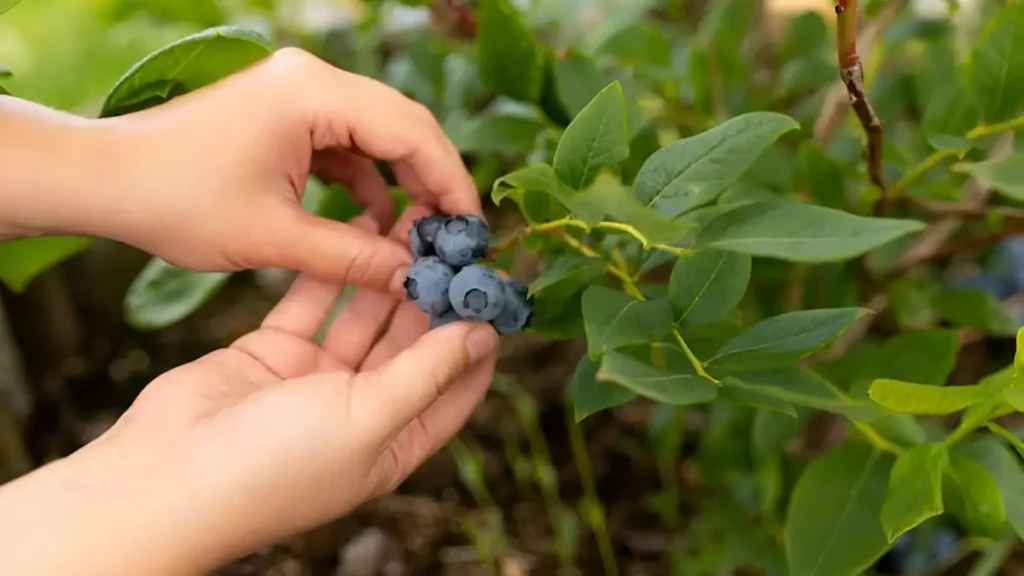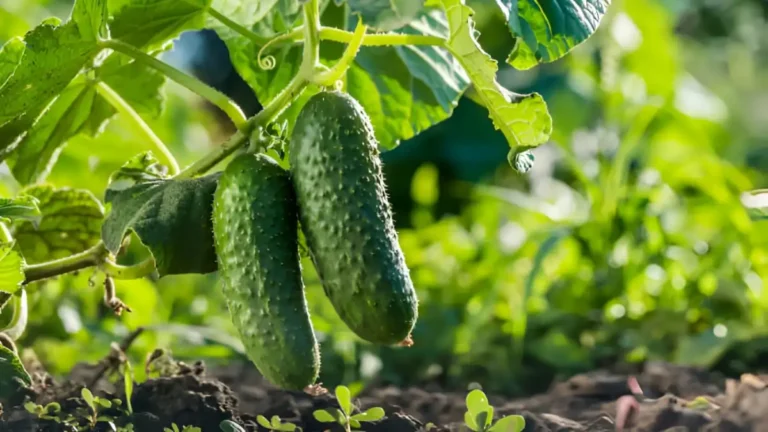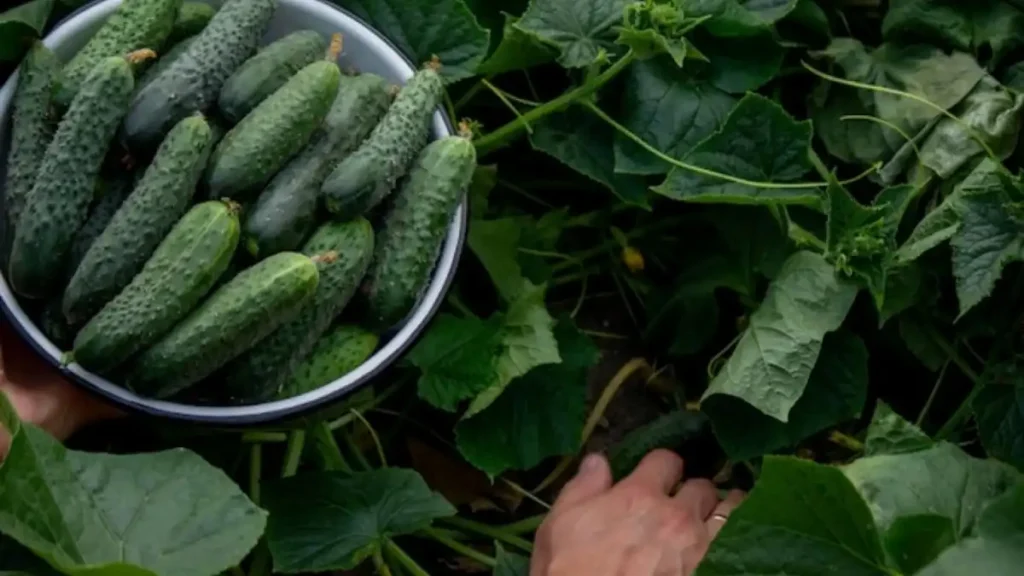Blueberries are delicious fruits that are high in antioxidants and offer other health advantages. It can be a fulfilling experience to grow your blueberries because you can enjoy a fresh supply of these tasty berries straight from your backyard. A thorough tutorial on growing blueberries from seed to harvest is provided here.
Here’s a detailed guide on growing blueberries from seed:
Selecting the best variety:
- There are several types of blueberries, and each has special qualities like size, flavor, and growth requirements. Choose a cultivar that is compatible with your soil type and climate. Prominent cultivars comprise ‘Bluecrop,’ ‘Chandler,’ and ‘Patriot.’
Choose your site for growing blueberries:
- Blueberries prefer soil that is between 4.0 and 5.5 pH, which is considered acidic. Select a sunny spot with soil that drains properly. You can lower the pH of your soil by amending it with things like peat moss or sulfur if it’s not acidic enough.
Get the Soil ready:
- Clear the soil of any rubbish and weeds before planting. Compost or other organic matter can help your soil become more fertile and structurally sound. Because blueberries are prone to root rot, verify that there is adequate drainage to avoid waterlogging.
Planting:
- You can plant blueberries from seed or from plants that have been produced in nurseries. When starting from seeds, it’s crucial to stratify them for a few weeks before planting by putting them in a moist medium in the fridge—plant ½-inch deep seeds or seedlings, spacing them 2-3 feet apart in rows.

Watering and mulching for growing blueberries:
- Maintain a constant moisture content in the soil, particularly in the first growing year. Because blueberry roots are shallow and might decay in wet weather, avoid overwatering them. To retain moisture and inhibit the growth of weeds, cover the plants with a layer of mulch, such as wood chips or pine bark.
Cutting:
- To keep plants healthy and increase fruit output, pruning is necessary. Eliminate any low-hanging or crowded growth, as well as any dead or unhealthy branches. Before new growth appears, prune in late winter or early spring.
Fertilizing for growing blueberries:
- Particular dietary needs for blueberries include those for potassium, phosphorus, and nitrogen. Apply a fertilizer designed for plants that prefer acidic soil, and pay attention to the dosage advised by the findings of the soil test. Steer clear of fertilizers with high nitrogen content since they may encourage excessive vegetative growth at the expense of fruit output.
Harvesting:
- Depending on the species and region, blueberries normally mature from late spring to early summer. When berries are completely mature and have taken on their distinct blue hue, harvest them. Pick the berries by hand gently, taking care not to harm the surrounding plant or the fragile fruit.
Conclusion:
In conclusion, growing blueberries is a gratifying and complex process that calls for patience and close attention to detail from seed to harvest. A successful harvest depends on some factors, including choosing the best blueberry variety, preparing the soil, and caring for the plants with appropriate watering, fertilization, and pest control.
Certainly! If you’d like to learn more, please consider following our WhatsApp Channel: Harvest Gardening
A frequently asked questions:
Q1: How do I protect my blueberry bushes from birds?
A1: Ripe blueberries draw birds in large numbers. Using scare tactics like luminous tape or predator decoys, or covering your bushes with bird netting, will help keep your bushes safe.
Q2: Which diseases and pests are most frequent in blueberry bushes?
A2: Aphids, spider mites, and blueberry maggots are common pests, and blueberry bushes can also be harmed by diseases including powdery mildew and anthracnose. Numerous pest and disease issues can be avoided with the use of appropriate cultural techniques, such as good cleanliness and appropriate plant spacing.
Q3: When is the optimal time to start growing blueberries from seed?
A3: Growing blueberries from seed is usually best done in the spring when the soil is starting to thaw and temperatures are rising, which creates ideal circumstances for early development and germination.



